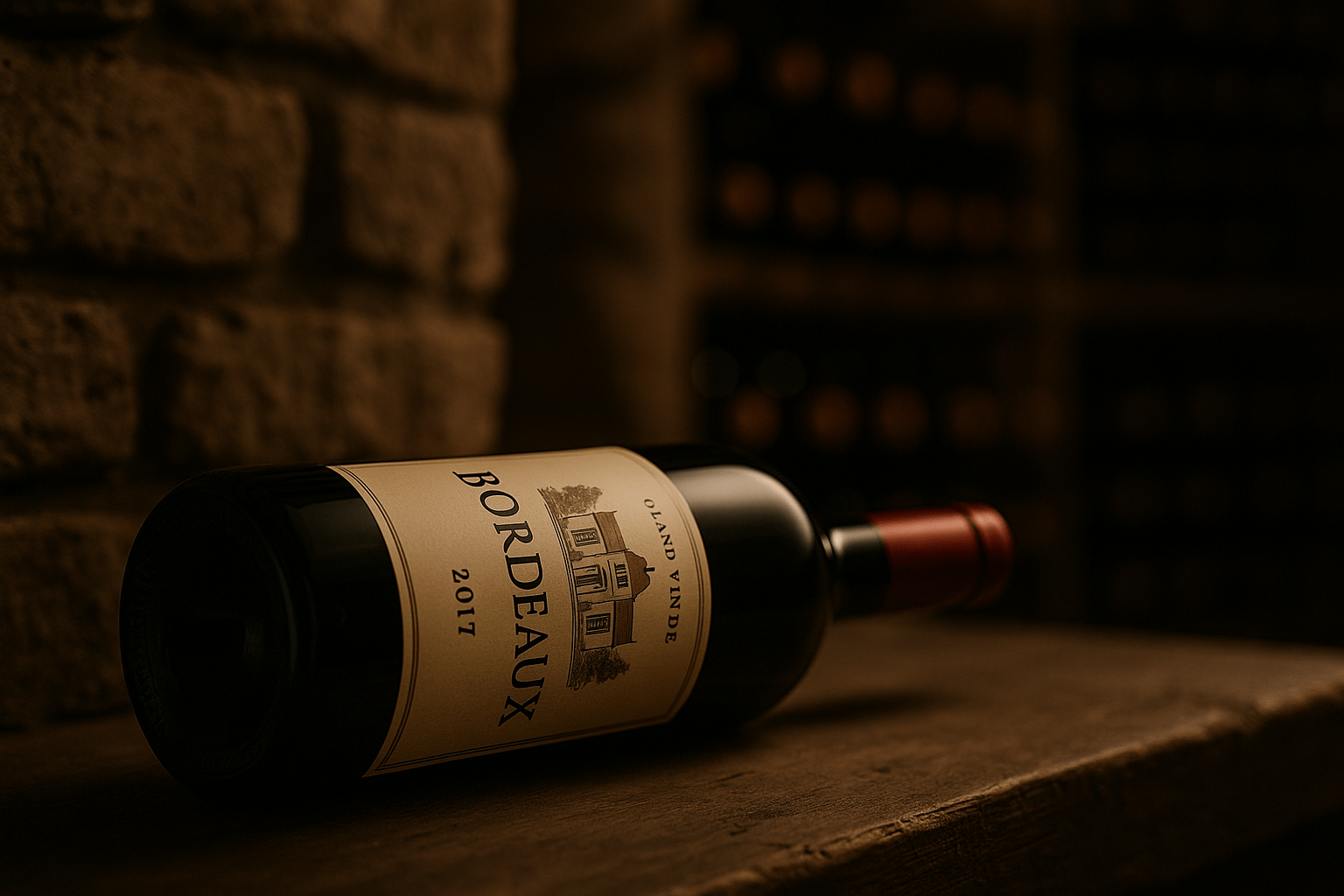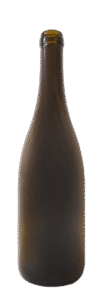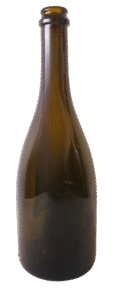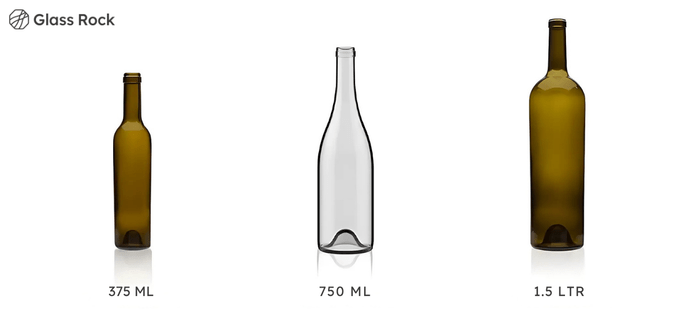Home » Why Bottle Shape Matters for Wine Aging

When it comes to aging wine, most discussions focus on grape variety, oak barrels, or storage conditions. Yet one critical element is often overlooked: the shape of the bottle itself. For wine producers and packaging buyers, understanding how bottle shape influences the aging process is more than tradition , it’s a strategic decision that can enhance quality, protect integrity, and elevate brand value. GlassRock works with wineries worldwide to match the right bottle geometry to each wine’s aging goals.
Different bottle shapes do more than just signal a wine’s origin or style , they affect how the wine develops over time. The internal air-to-wine ratio, surface contact with the glass, and sediment behavior are all subtly impacted by shape. Let’s break it down through the four main wine bottle types:

Characterized by straight sides and high, defined shoulders, Bordeaux bottles are the most commonly used worldwide. The high shoulders are not just aesthetic , they help trap sediment during aging and pouring. This makes them ideal for red wines like Cabernet Sauvignon or Merlot that throw off more sediment over time.

With a wider body and gently sloping shoulders, Burgundy bottles allow a broader surface area at the base. This encourages gradual oxidation and can aid in the development of complex aromas, particularly for delicate varietals like Pinot Noir or Chardonnay. However, they’re less effective at trapping sediment.

Tall, narrow, and usually used for aromatic white wines like Riesling, hock bottles have a reduced surface area in contact with the wine. This limits oxygen exchange and slows aging, preserving fresh, floral notes for longer. Their shape also makes them ideal for upright storage , useful for wines sealed with screw caps rather than corks.

Built to withstand internal pressure, sparkling wine bottles are thick, heavy, and feature a deep punt (the indentation at the base). While aging isn’t usually the main focus here, the robust shape does help in cellaring vintage champagnes or long-aged traditional method sparklers.

The size of a wine bottle plays a significant role in how the wine matures over time. This has to do with the air-to-wine ratio, the amount of oxygen present in the neck of the bottle compared to the volume of wine. Smaller bottles age faster, while larger bottles slow down the oxidation process, allowing for more gradual flavor development.
For producers aiming to offer both immediate enjoyment and cellar-worthy options, offering multiple bottle sizes can be a strategic choice. GlassRock provides a full range of premium glass bottle formats, including small-run magnums, to meet the needs of both boutique and high-volume wineries.
Light can prematurely age wine, so darker glass is a must for cellar‑worthy reds. Flint or pale green works for fresh‑drinking whites and rosés. If your wine is destined for extended aging, pair an appropriate shape with dark, UV‑blocking glass. GlassRock sources high‑impact green and amber flint to safeguard valuable inventories on brightly lit retail shelves.
Selecting the optimal bottle shape (and supporting elements like size and color) affects:
With decades of technical expertise, GlassRock partners with wineries to translate enological goals into packaging that performs in the cellar and captivates on the shelf.
Bottle shape isn’t mere tradition; it’s a key instrument in your wine’s aging journey. Aligning shape, volume, and glass color with your style objectives ensures every cork pulled years from now delivers the intended experience.
We’re here to help you take your F&B business to the next level with our high-quality glassware bottle manufacturing and packaging services. Our team is committed to providing you with the best solutions for your unique needs, whether you’re just starting out or looking to grow your existing business.
Contact us today to learn more about how we can help you achieve your goals. And don’t forget to download our pricing catalog to get started!

GlassRock Bajiao Industrial Park, Economic and Technological Development Zone, Shandong, China.